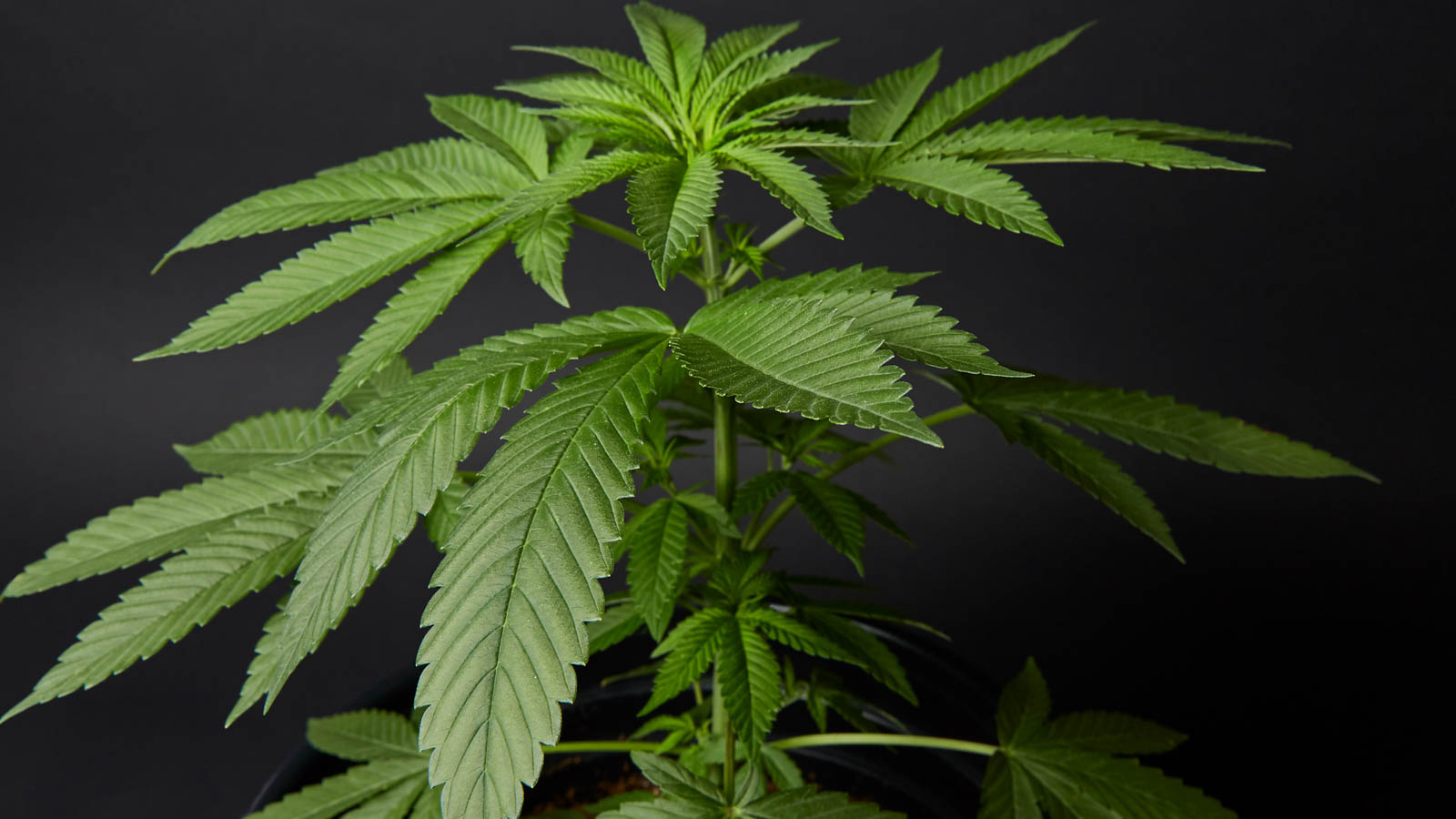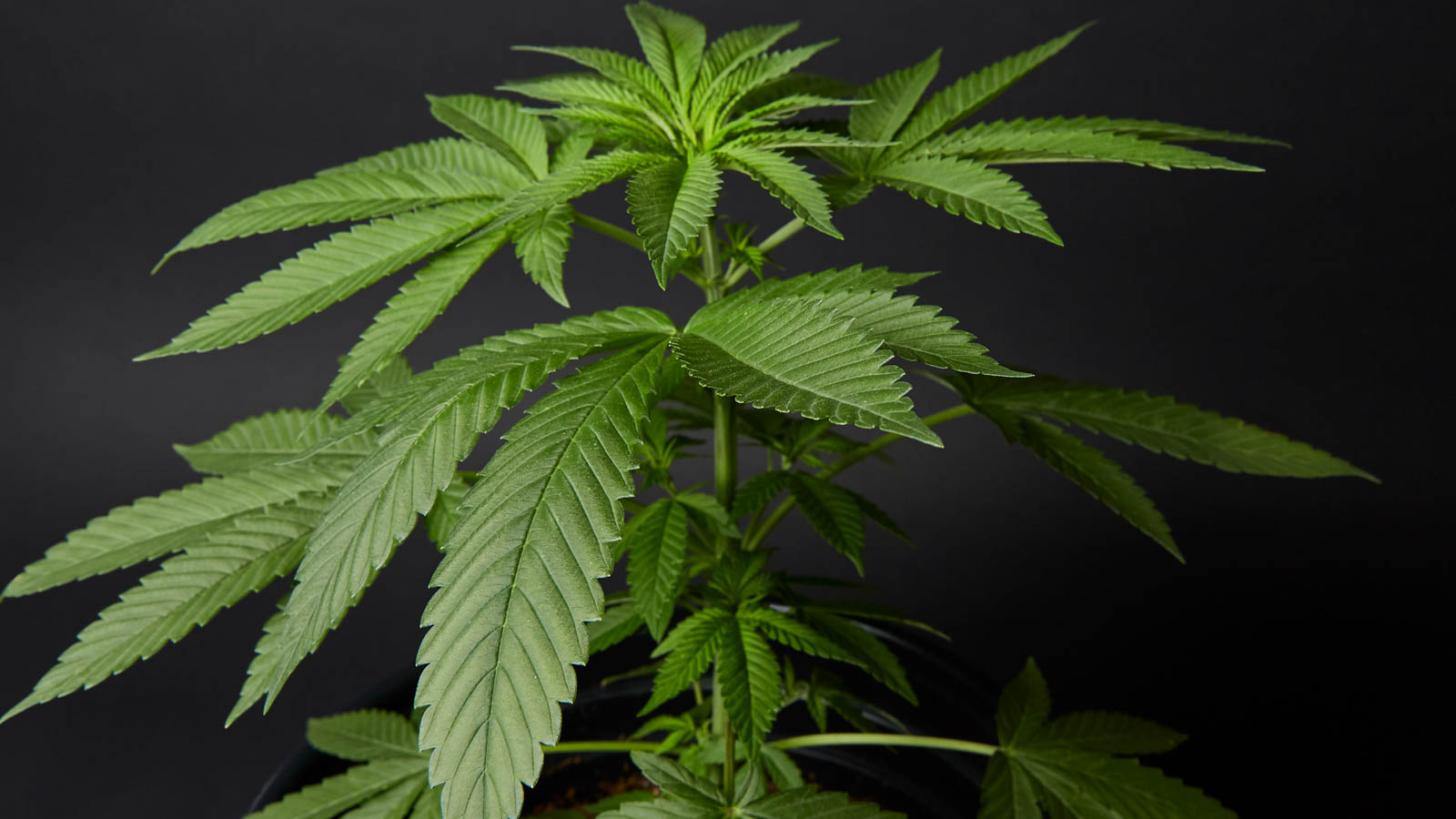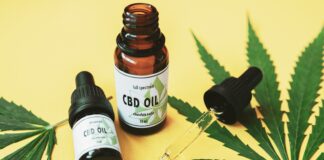
One of the first major decisions new home growers must make is whether to start with cannabis seeds or clones. Cannabis seeds and clones are beneficial and effective in their own ways, but there are potential complications new home growers should think about.
Cannabis seeds have characteristics of both the female mother plant and the male father plant, but they aren’t precise genetic replicas. Seeds tend to develop stronger root structures and growers can reasonably predict how crops will behave if they’ve done some basic research on the cultivar they’ve purchased.
Cannabis clones are rooted cuttings that have the same genetics as the female plant from which they were taken. While environmental changes may alter the exact genetics of the resulting plant, clones are as close to a copy as possible. The growth needs and tendencies of the mother plant can be expected of any plant cloned from her.
Questions to Ask Before Choosing Between Seeds and Clones
- Why are you interested in growing marijuana?
- Do you have time to wait for seeds to germinate?
- Do you want a guarantee that your plants will flower?
- Do you want to know their sex ahead of time?
- Is your grow site exposed to pests and environmental stressors?
Before you can answer some of these questions, you’ll need to understand more about how female and male cannabis plants interact. Female plants develop the flowers you see on dispensary shelves. Growers only interested in growing the best, most potent flowers possible will want to focus on female plants and protect them from the presence of males.
Male cannabis plants have many uses, but don’t produce flowers. When males pollinate female crops — which they’re biologically programmed to do — you get seeds. Seeds are great for those interested in breeding and genetics, but less great for growers interested in producing high yields of flower.
For some growers, clones are the preferred choice to avoid the presence of males. Others purchase feminized seeds or take extra precautions to remove males once they’re detected.
Upsides of Growing From Cannabis Clones
In recent years, cannabis clones have grown in popularity. One of the main benefits of starting from clones is you know the plant’s sex from the start. This is because clones are a genetic replica of the parent plant.
At the start of the cultivation process, clones are a bit more mature and developed than seeds because they’re already rooted into a medium — typically either mineral wool or soil — when they’re purchased. Another benefit to starting with cannabis clones is that they can be infinitely recloned, so growers have a potentially endless supply of cannabis plants if they’re willing to go through all the steps of the recloning process.
Downsides of Growing From Clones
Clones can make cannabis cultivation much simpler to start, but it’s crucial for growers to consider their potential downsides. When you buy cannabis clones, it can be difficult to evaluate the clone’s root structure. Since the plant’s strength starts with the roots, a clone with a compromised root system can present various complications during growth. Since clones come already planted, it’s impossible to examine the root structure’s strength until it’s transplanted into a larger container.
Clones are as vulnerable as their mother plant when exposed to various viruses, pests, fungi, and environmental stress. Additionally, growers must be cautious when purchasing cannabis clones as some commercially available clones may have been previously treated with pesticides and fungicides.
Another important factor to consider is that when cannabis clones are detached from the mother plant and planted in a different environment, they may undergo transplant shock. Growers starting with clones must provide consistent care and attention to prevent early clone death as a result of the environmental shock they initially experience.
Selecting a Good Clone
Before purchasing a cannabis clone at a dispensary, there are things to keep in mind so you can make the best decision possible. For example, it’s important to closely examine clones and look for signs of distress, mold, pest invasion, malnutrition, or dehydration.
Sturdy, White-Colored Roots
Since the roots of cannabis plants are where the nutrients are absorbed, it’s essential to make sure the clone you buy has a healthy root system. As a customer, check out how strong the clone’s roots are and the color of them, if possible. If the roots have a white color, this is typically a sign of strength. Brown, dry roots should be avoided.
Fresh Growth and Vibrant Color
Next, it’s important to look for fresh growth on a cannabis clone before purchasing it. If a clone is sturdy and appears to be healthy, look for noticeable signs of growth. This can be in the form of durable, bright green-colored leaves or new growth at the clone’s nodes. It’s possible for healthy clones to have dark green-colored leaves, but as long as you notice fresh foliage, this is a good sign. Some clones have light yellow-colored leaves, which typically indicates that the plant needs more nutrients. If the clone is vastly discolored, this may be an indicator of the clone experiencing stress or disease. Closely examine the color of the clone you want to buy.
Free from stress and pests
Before purchasing a cannabis clone, take time to check it for pests and environmental stressors. If a clone is contaminated, this can affect your future cannabis yield and can easily spread to other plants if you’re not careful.
For example, if any of the clone’s leaves have little holes or yellow dots, this may be an indicator that mites or other pests may have been feeding on them. Also, make sure that the clone’s leaves and stems don’t have any spots. It’s also important to pay attention to the clone’s growing medium. Sometimes, fungus gnats bustle around a clone’s growing medium. If you observe any insect activity in the growing medium, avoid purchasing clones from that store.
Upsides of Growing from Cannabis Seeds
When starting with cannabis seeds, you are essentially starting from scratch. For those who enjoy the cultivation process from beginning to end, seeds are the only way to go. Advanced cultivators such as Amsterdam-based Soma and others have also noted that their crops grown from seeds result in more fruitful, higher quality yields.
Selecting the Best Seeds
When selecting seeds, make note of the size, color, and strength of the outer shell. Immature cannabis seeds tend to be small, frail, wrinkly, and pale gray or yellow in color. Signs of old cannabis seeds include dryness, weakness, and the ability to crack easily between your fingernails. These should be removed from the bunch.
Healthy cannabis seeds are typically brown-colored with a silky outer finish. Shells should be strong, sturdy, and unable to crack if mild pressure is applied. Before purchasing cannabis seeds, you should ask the seller for proof of authenticity and cultivation recommendations.
Downsides of Growing From Seeds
When growing cannabis from seeds, it’s possible that not all seeds will effectively take root. Germinating your seeds before planting will help reduce the likelihood the seed will not “pop.” You’ll know your seed is germinated when the white taproot emerges.
On average, cannabis seeds require more time to flower and harvest. This is due to the additional time required to germinate the seeds and establish a sturdy root system. Germination alone can last anywhere from twelve hours to a week. After germination comes the seedling stage, which usually lasts anywhere from one to three weeks.
When clones are bought at a dispensary, they’re already rooted and past the seedling stage. Growers can expect clones to flower faster as compared to cannabis seeds, which means that harvest time arrives faster as well.
For those dedicated to starting with seeds, germinating prior to planting will help you avoid waiting a week for a seedling that never emerges.
Germinating Cannabis Using the Paper Towel Method: Step by Step
- Moisten a paper towel and wring out the extra water.
- Fold the paper towel in half.
- Place the seeds about 1 inch, or 2 1/2 centimeters, apart on one half of the paper towel.
- Fold it in half again to encapsulate the seeds.
- Place the paper towel on a dish and cover the dish with a bowl.
- Keep in a cool, dry place.
- Check the seeds daily and do not allow the paper towel to get dry.
- Plant as soon as a strong taproot can be seen.
Specialty Seeds and Strains
Feminized and Non-Feminized Cannabis Seeds
When you visit seed banks, dispensaries, or online shops, you’ll most likely have the opportunity to choose between purchasing feminized and non-feminized cannabis seeds. Feminized seeds are seeds that have undergone a process that will ensure that they create crops with only female cannabis plants.
Many cultivators prefer using feminized seeds since they’re nearly guaranteed to be all females. However, there’s a possibility of feminized seeds turning out to be hermaphrodites, which means the plant contains both male and female characteristics.
Cannabis plants can produce female and male seeds if they endure a natural pollination process and conventional breeding methods. These seeds are typically referred to as “regular seeds,” and if these kinds are used, growers can expect a 50/50 chance of each seed producing a female plant.
If you’ve never grown cannabis before and you want to start with seeds, try starting with feminized seeds to avoid the complications that come from the presence of male and hermaphrodite plants.
Auto-flowering Seeds (Cannabis ruderalis Hybrids)
Cannabis ruderalis is thought to be a subspecies of cannabis that contains extremely low THC content but very high cannabidiol (CBD) content. Cannabis ruderalis also, and more importantly, is often used by growers because of its auto-flowering abilities. Some breeders cross their plants with varieties of Cannabis ruderalis, a short and stocky-looking cannabis plant, to create auto-flowering seeds.
Cannabis ruderalis flowers on its own genetic schedule based on maturity and age, rather than based on a properly timed light cycle. Cannabis ruderalis’s medicinal properties and high CBD content have motivated growers to focus more on these particular varieties.
Whichever direction you take regarding cannabis cultivation, make sure you’ve considered the pros and cons of each starting method. Click To Tweet
Whichever direction you take regarding cannabis cultivation, make sure you’ve considered the pros and cons of each starting method. Before making a decision, familiarize yourself with the upsides and downsides of growing cannabis from seeds and clones so you can make the most informed choice for your home grow.











